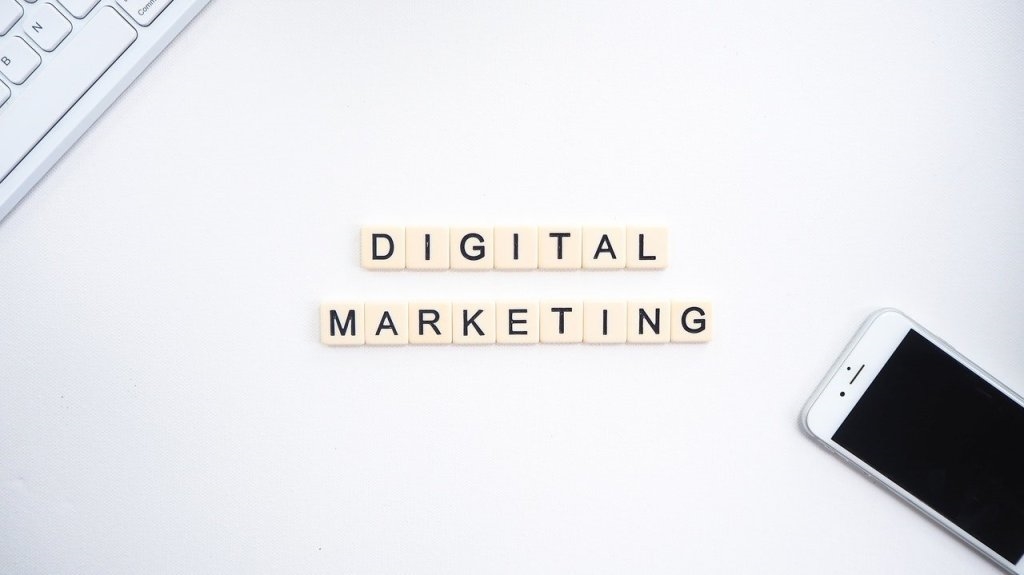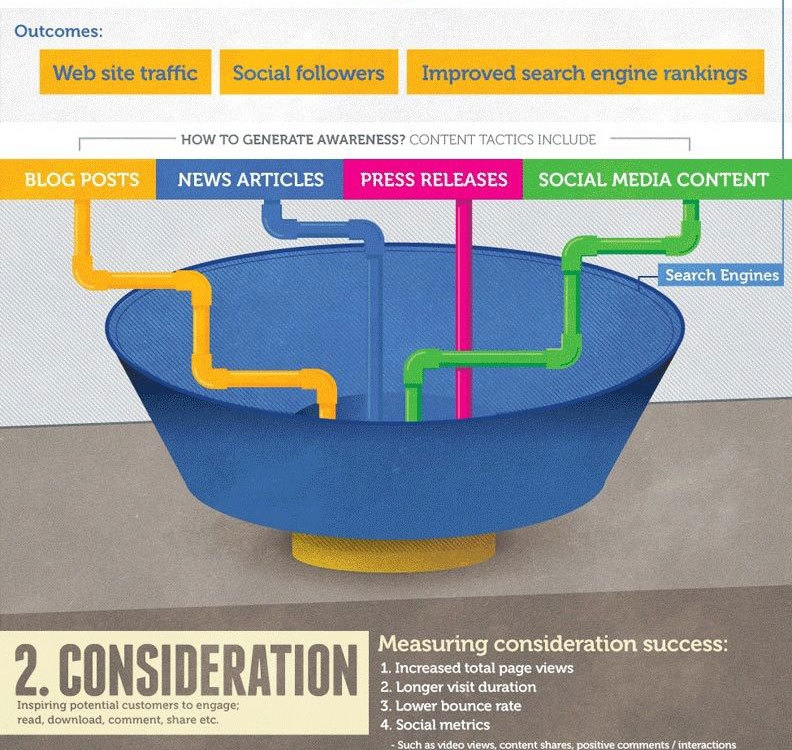 Photo by Launchpresso from Pexels
Photo by Launchpresso from Pexels
Earlier this week, we discussed how to achieve marketing success in the middle of the triple crises (coronavirus, financial meltdown, and massive protests as part of Black Lives Matter) facing the US and much of the world right now. Today, I’ll focus on digital marketing tips to help your business survive these crises.
The coronavirus pandemic forced many businesses to go back to the drawing board to different strategies they hope will help them weather the storm.
- How do you survive with your business door shuttered?
- How will you survive even once businesses open with consumers who are afraid of getting the virus and choose to stay home?
- Can you make it until the world returns to a new normal?
While the virus is likely to have repercussions for months, maybe even years based on the newest projections by economists, you need tools to help maximize your marketing efforts while keeping expenses as low as possible. And, digital marketing, with its low cost relative to more traditional advertising tools fits the bill.
The new normal might look very different from what you’re used to. Most of these changes affect your physical space to allow for social distancing that protects your employees and customers. While these stakeholders recognize your efforts to ensure their safety, barriers and service volumes that result in long wait times and reduced interactions strain the relationship you have with your customers and employees, which doesn’t bode well for the continued growth of your business. Let’s take a look at a few digital marketing tips to help your business adapt to the crisis.
Adapt to working from home
Not every sector functions well when its staff works from home 100% of the time. Manufacturing, essential retailers such as grocery and pharmacy operations, and healthcare are a few of the prime examples of businesses where your staff or the majority of employees must come to work every day.
For the rest of us, we’re working from home, facing challenges with poor internet connectivity, bad lighting and sound, kids and animals popping in during meetings, and a host of other factors that interfere with providing professional interactions with co-workers and customers. The end result of these factors is poor customer service that leads to customer dissatisfaction. Dissatisfied customers not only defect to your competitors, but they also spread negative word-of-mouth that damages your reputation with other customers and potential customers. Employees, frustrated over their own issues involved in working from home, now face hostile customers who make their days even less enjoyable.
Consider it an investment in your company’s future if core departments like tech support, customer support, and sales work from home by providing support and recognize the challenges they face.
Digital marketing tips for how companies support their work from home employees:
- Social interactions are gone in a work from home environment so many companies host regular happy hour meetings for their employees to network, blow off a little steam, and enjoy the camaraderie of their co-workers as human contact is seriously lacking during this time of isolation.
- Employees are using their own resources during the lockdown, including computers, internet, phone lines, security software, etc. Companies that compensate or provide for these resources stand a better chance of retaining employees and maintaining high employee performance. Paying internet bills for employees is the bare minimum. Many companies provided computers, lighting, microphones, and other hardware using contact-less drop off to the employee’s home. Others walked employees through tasks such as installing a VPN (virtual private network), cloud backup, and other technical services necessary to secure company resources accessed by employees from home.
- Some companies recognize that working from home may become the new normal as it not only helps curb the spread of coronavirus, it reduces company expenses and studies show employee productivity increases in the work-from-home environment. By committing to the long-term strategy of home work, companies allow employees to leave high-cost cities like New York, San Fransisco, and LA for less expensive alternatives that appeal to their employees.
Ensure your website is up to par
Some businesses, like Amazon, Zoom, and Grubhub, found the pandemic a boon to their business. That’s because their business model already supported remote business. Other, especially small businesses, were forced into a pure-play model once their businesses were forced to close.
Before thinking about adapting your marketing or trying new methods such as e-commerce, first ensure your website performance is optimized for both web and mobile. Here are some digital marketing tips to ensure you’re ready for e-commerce.
- Make sure you run a thorough technical and SEO analysis of your website.
- Check for negative elements such as broken links, duplicate pages, and other issues impacting your site’s performance in search.
- Also, make sure to claim your business directory entries, standardize the name, address, phone number, and website information, and correct any incorrect entries on sites like Google My Business and other directories. With the increase in voice search, ensure your business takes advantage by optimizing for this search option, which involves some differences over optimizing for written search.
- Ask your customers for reviews so you improve your online reputation.
- Don’t forget to update your website and social media profiles to reflect changes in your operations, whether you’ve shortened your business hours or added virtual consultations to your offerings. Inform people of any limits imposed so they aren’t caught off-guard. For instance, reopening may involve requiring reservations or appointments when those weren’t required in the past.
- Optimize the UX design on your website and apps with a mobile-first strategy. Ensure visitors easily find what they need with a full-featured database that allows filtering and sorting based on typical customer needs. Ensure buttons are easy to find and large enough for effective use on mobile devices and that navigation and search are intuitive.
- Another thing to consider is a managed IT support company. Services from companies like Impreza IT, set up and maintain your IT infrastructure, and ensure your site doesn’t suffer from potentially costly downtimes. They’ll run maintenance on your website, see if you’re the victim of a cyberattack, and ensure your site gets back on track in case service is interrupted. They even offer custom IT solutions and data analysis to help your business become as efficient as possible.
Lower doubt
The pandemic will likely have a long-term economic impact on most of the world, followed by a bumpy recovery. That means some of your customers conserve resources, like cash, for fear of future job loss or lower wages, which makes them reluctant to buy your product or pay for your service.
More than simply a digital marketing tip reduced uncertainty works to your advantage during both good times and bad.
Removing doubt and uncertainty by making them offers they can’t refuse is the best solution for this situation. Consider offering free trials, free samples, or test runs. Those who try out your products are likely to become paying customers, especially if you follow up via email and work them down the conversion funnel.

Alternatively, high-value products, like home improvement, may require special financing options during the pandemic for customers who fear taking on additional expenses right now. Offering extended loan terms, lower down payments, or delaying the first payment reduce resistance by customers to accumulate debt.
Find areas for growth
Expand your product offering by shifting production to products deemed essential. For instance, some alcohol producers shifted to making antiseptics in short supply while some manufacturers shifted to making PPE (personal protective equipment). Not only does shifting production provide revenue, it likely results in increased media attention for your brand and goodwill in your community.
You should also shift your marketing messaging to customers’ needs that continue despite the pandemic. For instance, customers might not pay for a high-end bath remodel, but they still need repairs to a hot water heater or leaky pipes. Business messaging might focus on new features like online ordering and contactless home-delivery options, for instance.
Alternatively, you might find ways to shift sales to businesses operating during the pandemic and the increased needs they face like those mentioned earlier regarding employees working from home. Similarly, businesses are more likely to make purchases based on long-term priorities and annual budgets rather than short-term setbacks. They’ll also buy items in anticipation of ramped up consumer demand. This requires the creation of B2B marketing content and ads in addition to the consumer-focused advertising you already have in place.
Don’t sit on the sidelines waiting for things to return to normal. Make the necessary changes to your business model and marketing so you can get through this black swan and be ready for the next one.
Digital & Social Articles on Business 2 Community
(64)
Report Post






